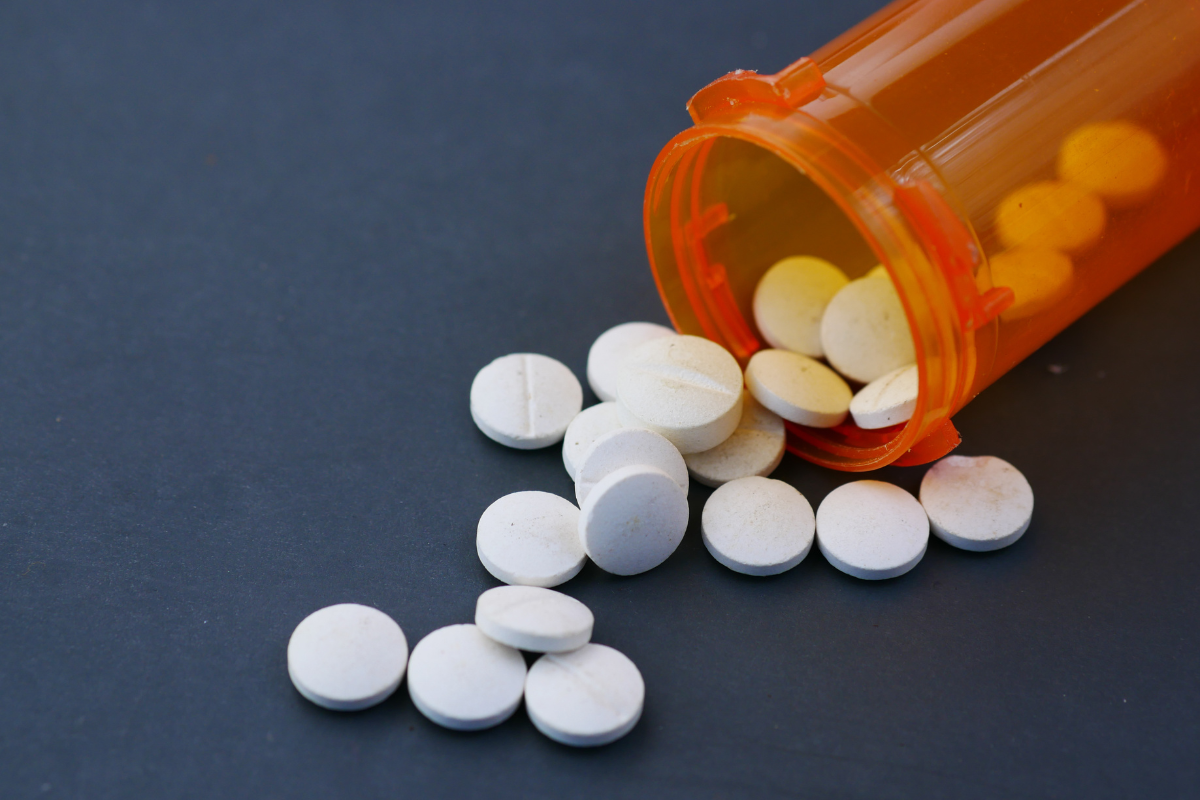Mifepristone, also known as the abortion pill, is a controversial drug that has found itself at the center of the national conversation around abortion. But what exactly does mifepristone do? Why is it the subject of a hotly debated Supreme Court case? Why are pro-life organizations, like Susan B. Anthony Pro-Life America, calling the decision by CVS and Walgreens to sell mifepristone as “shameful” and the cause of “incalculable” harm to preborn children and their mothers?
The truth is the abortion pill is not as safe and reliable as the abortion industrial complex claims.
Mifepristone is essentially a hormone blocker. When a woman becomes pregnant, her body will begin to generate progesterone – a hormone that thickens the uterine lining, which in turn supports the growth of the embryo. Mifepristone blocks this hormonal support to the uterus, causing the uterine wall to thin and the embryo to stop growing.
Typically, there is a second drug taken called misoprostol, which causes the uterus to contract and expel the embryo. When these drugs are combined, an abortion, called a medical abortion or a chemical abortion takes place. This is not to be confused with the “morning after pill” or “Plan B.”
The reason for the recent rise in discussion about mifepristone (specifically in the news) stems from several indications that the drug poses risk of severe harm to the women that take it, despite the insistence of the abortion industrial complex.
In January of 2023, the FDA changed the regulation surrounding mifepristone, removing the requirement that the drug be directly dispensed in a clinic, medical office, or hospital. This means that women can now have the abortion pill mailed to their home or picked up at their local pharmacy. They can take the drugs without the supervision of qualified medical professionals. This expansive degregulation has led to a number of complications connected to the abortion pill – or “Plan C” as it is now being called.
One of the first issues that arises when considering the use of the at-home abortion pill is inaccurate estimations of gestational age. The Charlotte Lozier Institute reports that when “a woman miscalculates her gestational age and has entered the second trimester when she ingests mifepristone and misoprostol, the likelihood that she will require surgery increases dramatically,” citing a study that found 38.5% of women required surgical completion when they took the abortion pill in the second trimester.
Mental health risks can oftentimes fly under the radar andbe just as risky as physical damage. Emotionally, chemical abortions can take a toll on women for long periods of time. A study done in 2020 revealed that women felt unprepared, silenced, regretful, or left with no other choice after their chemical abortion. In some cases, women are unaware that their body will expel the embryo after taking misoprostol, and they can be traumatized at seeing the embryo.
Another massive risk to women who take the at-home abortion pill is the potential failure to recognize an ectopic pregnancy. Since the abortion pill can be sent to a woman’s home or picked up at the pharmacy without any physical examination required, there is a chance that an ectopic pregnancy could go undiscovered. Since many of the symptoms of an ectopic pregnancy are similar to the side effects of the abortion pill, symptoms like pain or bleeding, women may be less likely to get in contact with a healthcare provider. Situations like this can lead to serious internal bleeding, and sometimes maternal death.
The risks of the abortion pill discussed here have barely begun to scratch the surface of the danger of this drug. There are a multitude of other factors at play, including women being coerced or tricked into taking the abortion pill, and cheap versions of the drug being shipped from overseas with unknown additives and defects.
If women don’t know the truth about the abortion pill before they face an unexpected pregnancy, and the alternatives to it, they are stuck with what the abortion industrial complex is offering them. Women deserve better. They deserve healthcare that is designed to care for women, to listen to them, and to meet them where they are with true love.


